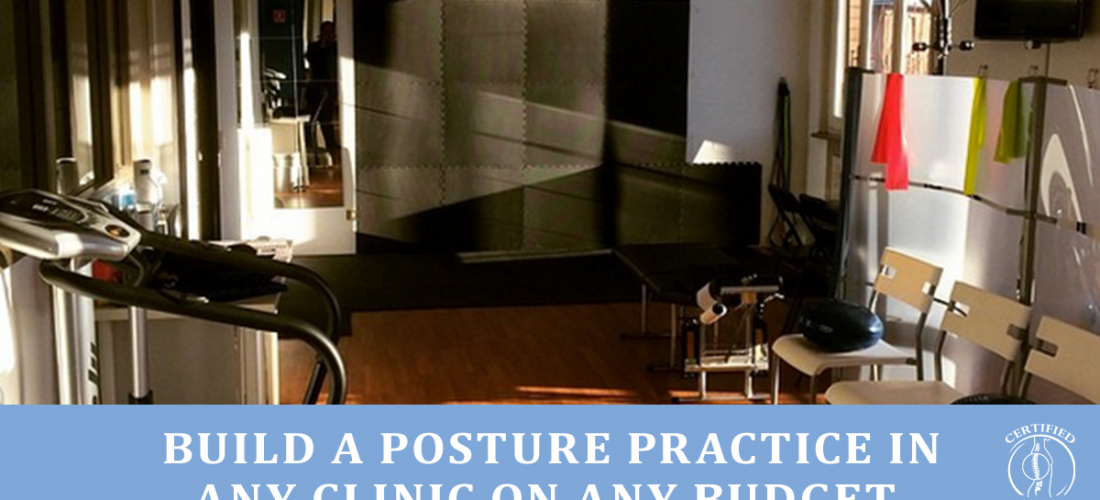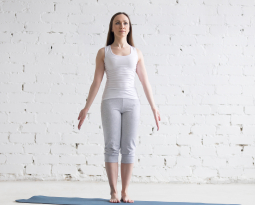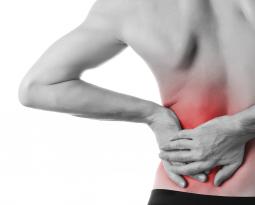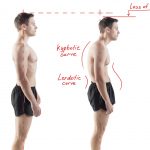
Equip Your Clinic with the 3 Most Important Postural Correction Strategies
Structure dictates function and chronic dysfunction leads to structural decline. This is one of the most important concepts to understand regarding the Posture System of the body. This cycle of structure and function is directly related to the health and performance of the human body.
The purpose of the Posture System is to hold the body upright against gravity in the most efficient manner possible. When a patient presents with postural distortion patterns, their Posture System is in a state of compromise. Compromised human structure manifests as common symptoms plaguing the health of our society.
To optimize alignment of the Posture System, Posture Experts equip themselves with the 3 most important correction strategies. Long-term postural correction requires a 360-degree approach for sustained postural fitness.
The 3 Most Important Postural Correction Strategies:
1) Anti-gravity Spinal Alignment Protocol – Flexor dominant posture is a de-evolved position of the human body. When correcting the spinal alignment of patients, the goal should be to bring the patient from a weak flexor dominant posture to a healthy, extended posture. This is accomplished primarily through correction of the thoracic spine by leveraging the level of postural instability from inferior to superior.
This line of correction brings the patient from flexion into an open postural position that efficiently resists gravity – Immediately! Correction is instantaneous. Patients will see and feel immediate postural correction changes.
2) Posture Rehabilitation – The purpose of posture rehabilitation is to support proper postural design by strengthening weak musculature causing postural collapse and to relieve hypertonic tissues supporting flexor dominant posture. Posture rehabilitation is utilized inside and outside of the office for on-going postural correction.
For posture rehabilitation utilize reverse posture exercises that revere postural distortion patterns. Ancillary therapies with high benefit for postural correction include balance training, posture cushions, cervical traction, and vibration therapy.
3) Posture Habit Re-Education – Posture habit re-education is done almost exclusively outside of the office. This is to prepare your patients to resist postural collapse during their activities of daily living. Teaching them new habits, and how to change old habits is essential for long-term postural correction.
Give them posture reminders and posture cues to remind them to check their posture throughout the day. As the patient becomes mindful of their postural presentation and commits to posture habit re-education, they create new neural pathways that support efficient postural design of the human body.
Posture Reminders can simply be a sticker that they place in the area they spend the most time during the day (for example a secretary would place hers at her computer), or an alarm that goes off hourly during the typical 8 hour workday as a reminder to take a posture break.
















